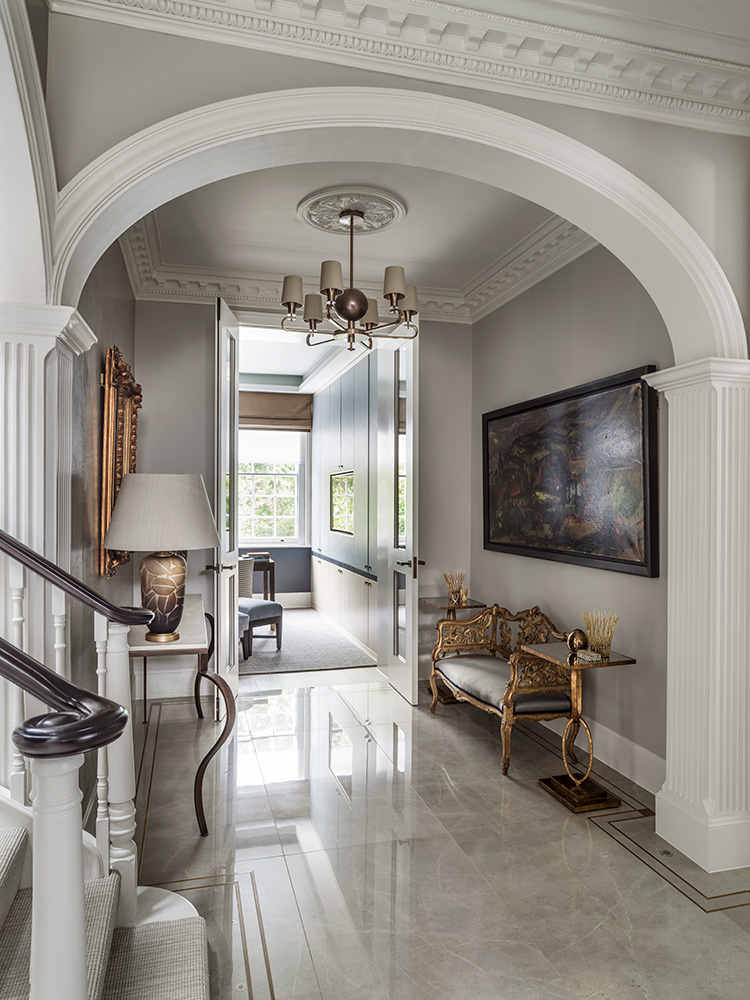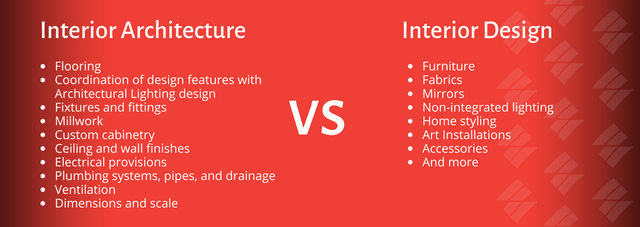The Art of Equilibrium: How Interior Design and Home Engineer Collaborate for Stunning Outcomes
In the world of home layout, striking an equilibrium between aesthetics and capability is no tiny accomplishment. This fragile stability is attained through the harmonious cooperation between indoor developers and engineers, each bringing their distinct expertise to the table. Keep with us as we explore the intricacies of this collaborative procedure and its transformative effect on home design.
Understanding the Core Differences In Between Interior Decoration and Home Architecture
While both interior design and home design play vital roles in developing cosmetically pleasing and functional spaces, they are naturally different techniques. It deals with the 'bones' of the structure, functioning with spatial measurements, load-bearing wall surfaces, and roof layouts. On the various other hand, interior style is more concerned with improving the aesthetic and sensory experience within that structure.
The Harmony In Between Home Style and Inside Layout
The harmony in between home style and Interior Design hinges on a shared vision of layout and the improvement of useful aesthetics. When these 2 fields line up sympathetically, they can transform a home from common to phenomenal. This partnership calls for a deeper understanding of each discipline's concepts and the capability to produce a natural, aesthetically pleasing environment.
Unifying Layout Vision
Combining the vision for home style and Interior Design can develop an unified home that is both functional and aesthetically pleasing. The equilibrium begins with an integrated state of mind; engineers and indoor designers team up, each bringing their knowledge. This unison of concepts develops the design vision, a plan that guides the task. This common vision is important for consistency throughout the home, ensuring a liquid shift from exterior architecture to indoor spaces. It promotes a synergistic approach where architectural elements complement Interior Design elements and vice versa. The outcome is a natural space that mirrors the property owner's preference, character, and way of living. Hence, unifying the layout vision is crucial in mixing architecture and Interior Design for magnificent outcomes.
Enhancing Useful Looks
Exactly how does the synergy in between home design and Interior Design improve functional visual appeals? This synergy enables the development of spaces that are not only aesthetically appealing but likewise comfortably usable. Designers prepared with their architectural style, making certain that the room is functional and efficient. The indoor designer after that matches this with very carefully selected aspects that enhance the visual appeals without jeopardizing the capability. This harmonious cooperation can lead to homes that are both livable and stunning. A designer could create a house with high ceilings and large home windows. The indoor developer can then accentuate these features with sheer curtains and tall plants, respectively, therefore boosting the aesthetic charm while preserving the useful benefits of natural light and space.
Significance of Partnership in Creating Balanced Spaces
The cooperation in between interior designers and engineers is crucial in developing balanced spaces. It brings consistency in between style and architecture, providing birth to rooms that are not only cosmetically pleasing yet likewise useful. Checking out successful collaborative approaches can provide understandings into just how this harmony can be efficiently accomplished.
Harmonizing Design and Style
Balance, an important element of both indoor design and design, can just really be achieved when these 2 fields job in harmony. This collaborative process results in a natural, well balanced layout where every aspect adds and has a function to the overall aesthetic. Integrating layout and architecture is not simply about producing lovely areas, but about crafting rooms that function perfectly for their citizens.
Successful Collaborative Approaches

Case Researches: Effective Combination of Style and Style
Checking out numerous case researches, it ends up being apparent exactly how the successful assimilation of Interior Design and style can change a room. The Glass Home in Connecticut, renowned for its minimalistic elegance, is one such instance. Architect Philip Johnson and interior designer Mies van der Rohe worked together to develop an unified equilibrium in between the structure and the inside, causing a seamless circulation from the exterior landscape to the internal living quarters. Another exemplar is the Fallingwater House in Pennsylvania. Architect Frank Lloyd Wright and indoor developer Edgar Kaufmann Jr.'s collaborative initiatives bring about a strikingly special home that mixes with its natural surroundings. These instance researches highlight the profound influence of a successful design and style cooperation.

Getting Over Difficulties in Layout and Architecture Cooperation
Regardless of the obvious advantages of an effective collaboration between Interior Design and design, it is not without its challenges. Interaction concerns can emerge, as both events may utilize various terminologies, understandings, and approaches in their job. This can cause misunderstandings and hold-ups in project conclusion. Another major obstacle is the balancing act of aesthetics and performance. Engineers might prioritize structural honesty and safety, while designers concentrate on comfort and style. The assimilation of these objectives can be complicated. Additionally, budget and timeline restraints typically include stress, potentially triggering breaks in the collaboration. Effective interaction, shared understanding, and concession are crucial to overcome these challenges and accomplish a successful and harmonious cooperation.

Future Fads: The Progressing Relationship Between Home Architects and Inside Designers
As the globe of home layout continues to develop, so does the partnership between designers and interior designers. On the other hand, interior designers are embracing technical facets, affecting general design and performance. The future promises an extra natural, ingenious, and adaptive approach to home design, as designers and architects proceed to obscure the lines, promoting a connection that absolutely personifies the art of equilibrium.
Final thought
The art of balance in home design is attained with the harmonious cooperation in between interior developers and designers. An understanding of each other's disciplines, reliable interaction, and shared vision are important in creating aesthetically sensational, functional, and welcoming areas. Despite obstacles, this collaboration fosters growth and development in layout. As the partnership between home engineers and interior developers develops, it visit the website will certainly remain to form future patterns, boosting comfort, performance, and personal expression in our home.
While both indoor design and home style play informative post crucial functions in developing aesthetically pleasing and useful areas, they are naturally different self-controls.The harmony in between home architecture and indoor layout lies in a shared vision of layout and the improvement of useful appearances.Combining the vision for home design and indoor layout can create a harmonious living area that is both useful and aesthetically pleasing. Therefore, unifying the style vision is critical in blending design and indoor layout for stunning results.
Exactly how does the synergy in between home style and indoor layout enhance functional aesthetic appeals? (Winchester architect)